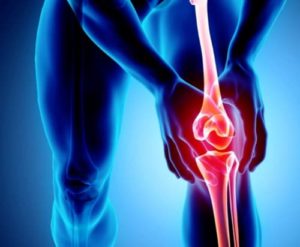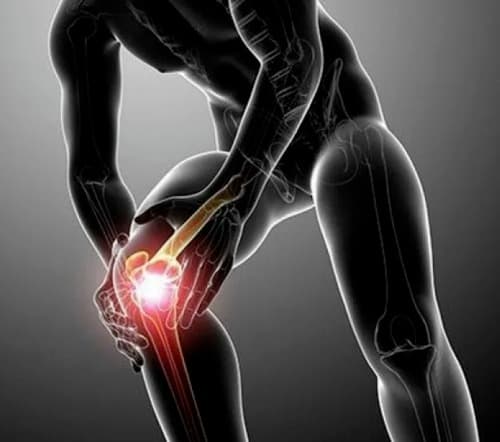What Is Joint Pain?
Joint pain, also known as arthralgia, refers to discomfort, aching, or soreness in one or more joints in the body. Joints are the connections between bones, and they provide the flexibility and support necessary for movement.
Causes of Joint Pain
Understanding the underlying causes of joint pain is crucial for effective treatment. Joint pain can result from various factors, including:
1. Arthritis
Arthritis is a common cause of joint pain and refers to inflammation of the joints. There are several types of arthritis, including osteoarthritis, rheumatoid arthritis, and gout, each with its unique characteristics and triggers.
2. Injury or Trauma
Joint pain can also occur due to injuries or trauma, such as sprains, strains, or fractures. These injuries can damage the structures within the joint, leading to pain and discomfort.
3. Overuse or Repetitive Motion
Engaging in repetitive motions or overusing a joint, such as in sports or certain professions, can lead to joint pain. This is often referred to as overuse syndrome or repetitive strain injury.
4. Infections
Infections can affect the joints and cause pain. Septic arthritis is an example of a joint infection that requires prompt medical attention.
Symptoms of Joint Pain

Joint pain can manifest in various ways and may include the following symptoms:
- Joint stiffness
- Swelling around the joint
- Reduced range of motion
- Warmth or redness in the affected area
- Tenderness or pain when touching the joint
- Pain that worsens with movement
Treatment Options
The treatment of joint pain depends on its underlying cause and severity. Here are some common treatment options:
1. Medications
Medications, such as nonsteroidal anti-inflammatory drugs (NSAIDs), can help reduce pain and inflammation associated with joint conditions like arthritis.
2. Physical Therapy
Physical therapy involves exercises and techniques that improve joint function, strengthen surrounding muscles, and alleviate pain.
3. Lifestyle Changes
Adopting a healthy lifestyle, including maintaining a balanced diet, regular exercise, and weight management, can reduce the impact of joint pain.
4. Injections
Corticosteroid injections can provide relief from severe joint inflammation and pain. Hyaluronic acid injections may be used to lubricate the joint.
5. Surgery
In cases of severe joint damage, surgical options like joint replacement may be necessary to restore function and alleviate pain.
Prevention and Management

While not all joint pain can be prevented, there are steps you can take to reduce your risk and manage symptoms:
- Stay physically active with low-impact exercises.
- Maintain a healthy weight to reduce stress on your joints.
- Use proper ergonomics at work and during activities.
- Protect your joints from injury by using appropriate gear and techniques.
- Follow a balanced diet rich in nutrients that support joint health.
- Stay hydrated to keep joint cartilage lubricated.
Conclusion
Joint pain is a common condition that can significantly impact a person’s quality of life. Understanding its causes, recognizing symptoms, and exploring treatment options are essential steps towards finding relief and maintaining joint health. If you experience persistent or severe joint pain, consult a healthcare professional for proper evaluation and guidance.




